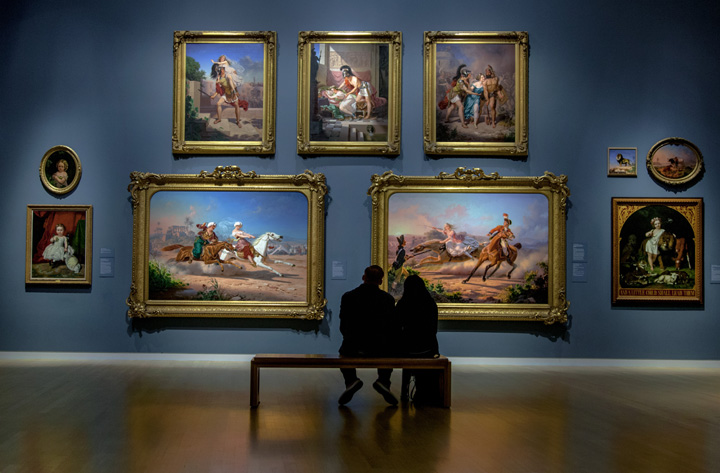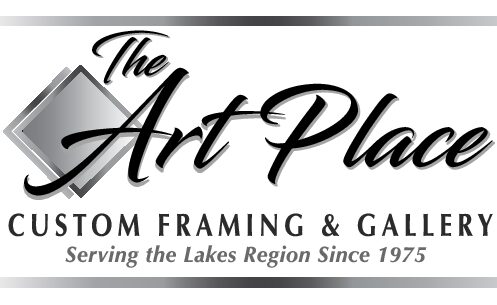
Over many years I have looked at a lot of art, but hadn’t given the framing a second glance. Working at The Art Place in framing has changed this. Now I view an exhibit – such as last year’s Van Gogh exhibition at the Clark -and can’t help looking at and thinking about how the mouldings protect, support and enhance the art. At first this was frustrating; it felt like competition to my enjoyment of the art. The more I learn about the history of framing, the less judgmental I feel about the brain space and the eye space it takes up. Frames have a history, a materiality of their own- as well as reflect history and respond to aesthetics in the art and the world around them at the time that they were made.
Martin Kotler, a conservator at the Smithsonian asks: “How many people have taken an art history class? Now how many times have they seen a frame or discussed one in it?” Images in countless art books are shown mostly without their frames and there are only a handful of books on the subject of framing. So, it’s no wonder that I spent years not seeing or thinking about the frames in museums.
The concept of framing has been around since ancient Egypt and Greece as seen on pottery and on walls to create sections of scenes. The earliest wooden frame was discovered in the 2nd century AD in a Hawara Egyptian tomb. According to a historical series published in Picture Framing Magazine these early “framed panel paintings were made from one piece. The area to be painted was carved out, leaving a raised framing border around the outside edge, like a tray. The whole piece was then gessoed and gilded. Painting the image on the flat panel was the last thing to be done.” The high cost of this process was prohibitive and led to the present day use of mitered moulding strips. By the 12th century European frames started to resemble frames as we recognize them today. In the 14th century church commissions for alterpieces dictated that the frame designs reflect the interiors of the churches and the architecture of these spaces. Wealthy patrons such as the Medici family shifted the making of frames into the home and they became more portable. The French Renaissance brought further refinement of the frames and art into homes and part of daily life. Furniture builders began making frames as oppose to the sculptors, artists and architects of the past. During the American agricultural reign of power, designs on frames included wheat, corn and tobacco. Abstract Expressionist did away with frames entirely or used only small strips of wood.
Most frames are made from wood, but are also made from silver, bronze, aluminum, plastics, carved wood with gilding and even LED lights. Interestingly, there are no copyright laws on frame designs and therefore mimics of frames are prolific.
Frames have practical function (protection, support and enhancement) as well as serve as space holders and story telling. They can tell a part of the story of the art and become part of it’s history. As space holders, they can give a visual pause, before I enter into the art being held within. No longer non-existent nor unimportant, rather part of the whole.
